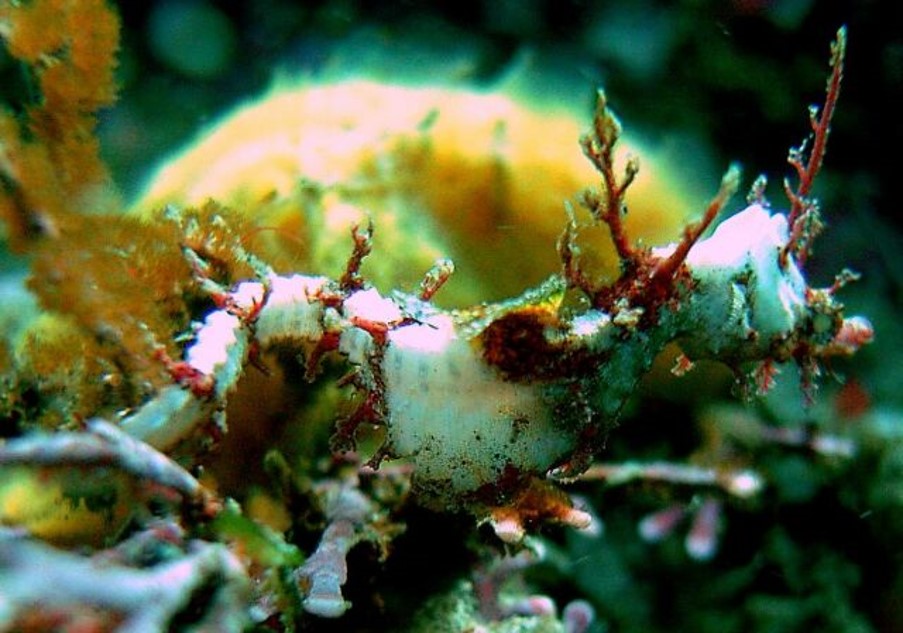You have 0 product(s) in your cart.
TOTAL
AU$ 0.00
Kingdom: Animalia
Phylum: Chordata
Subphylum: Vertebrata
Infraphylum: Gnastostomata
Parvphylum: Osteichthyes
Gigaclass: Actinopterygii
Class: Actinopteri
Subclass: Teleostei
Order: Syngnathiformes
Family: Syngnathidae
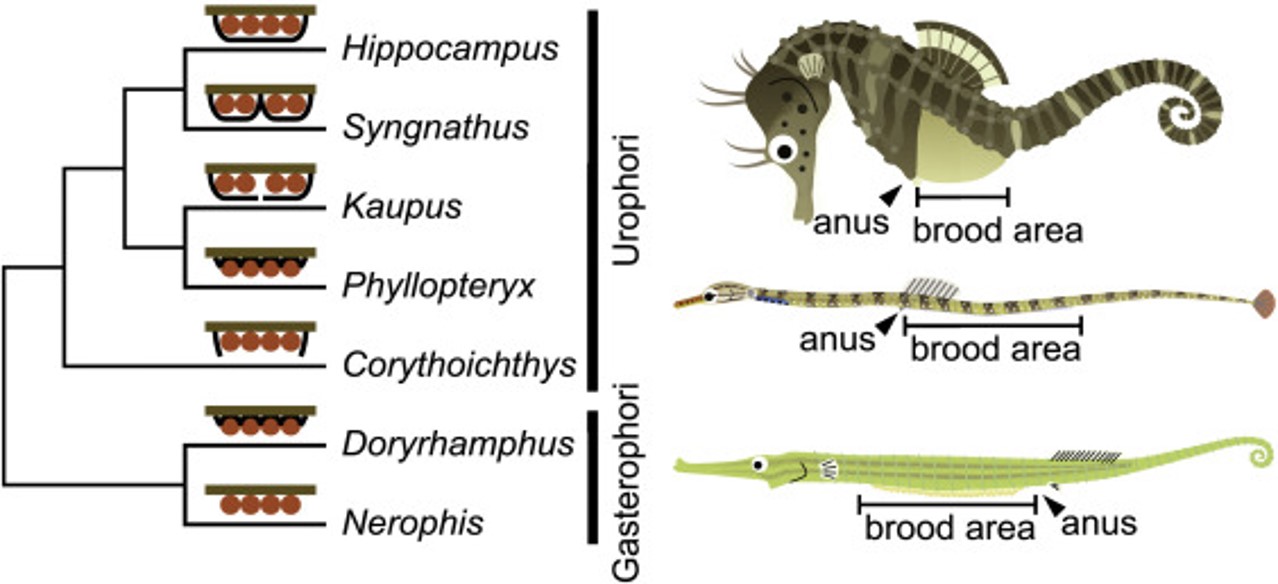
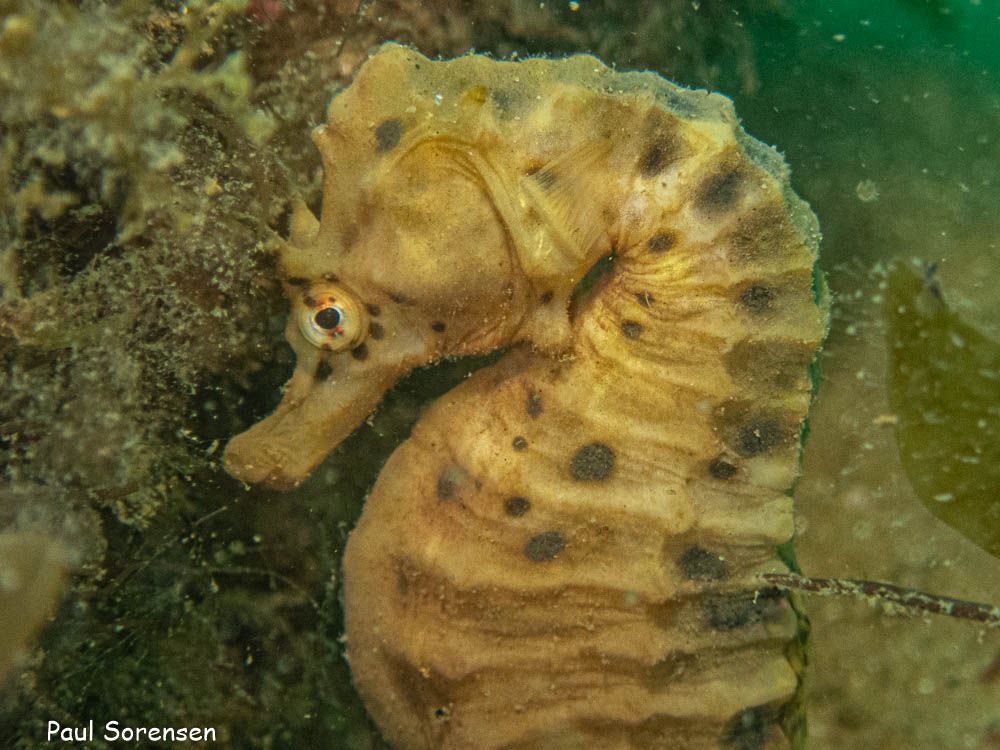
.jpg)
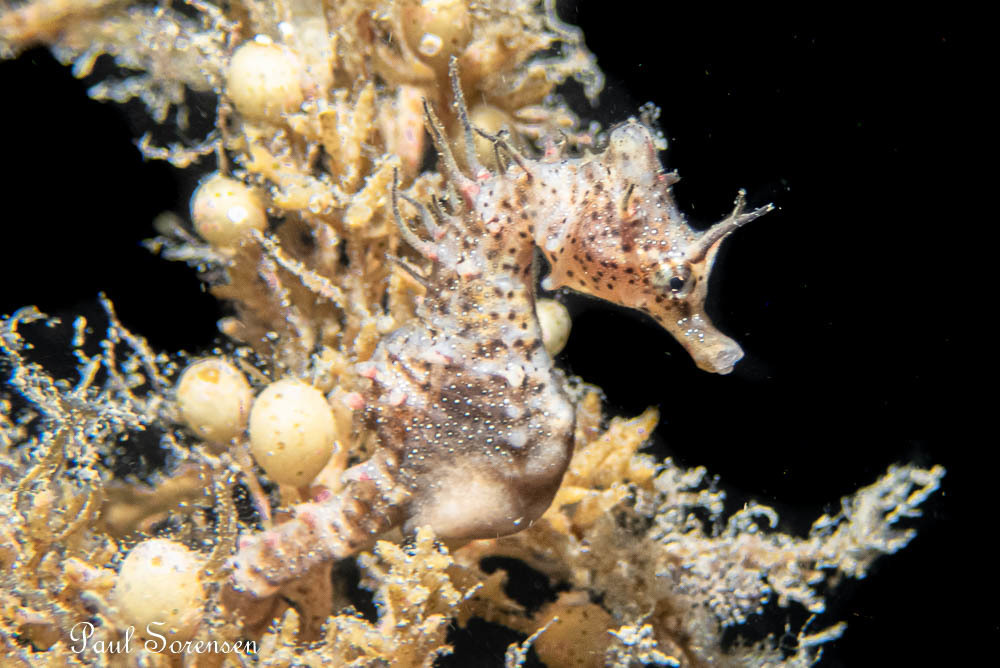
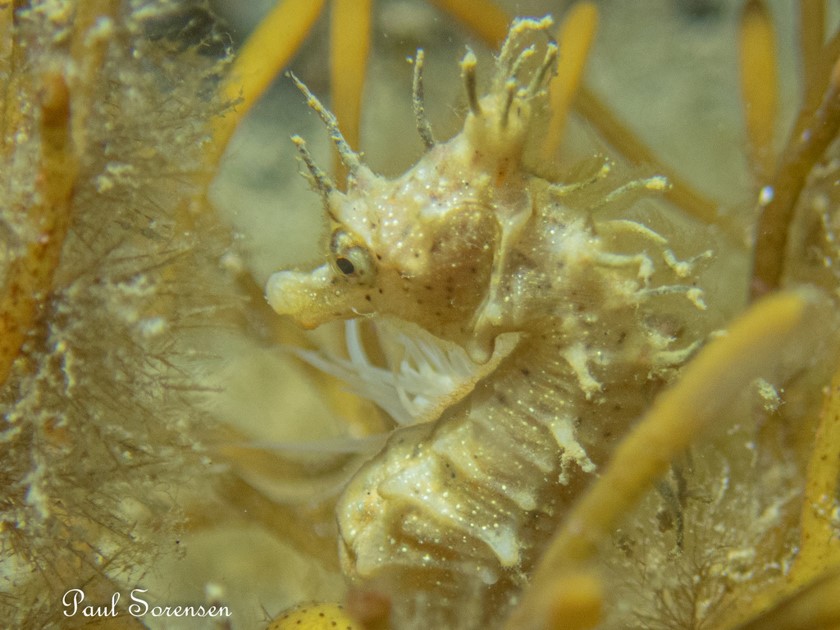
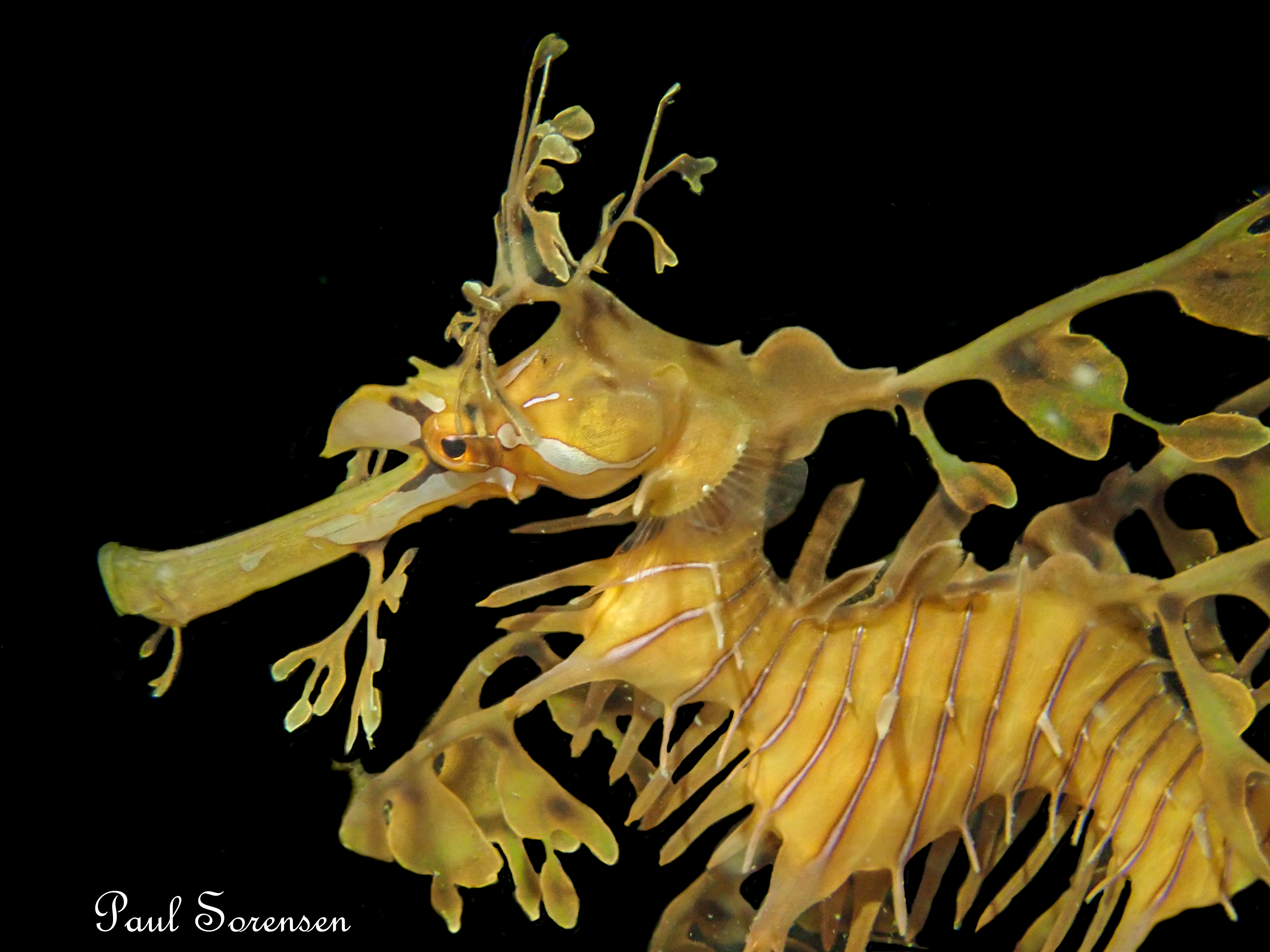
Phyllopteryx taeniolatus (Lacepede, 1804)
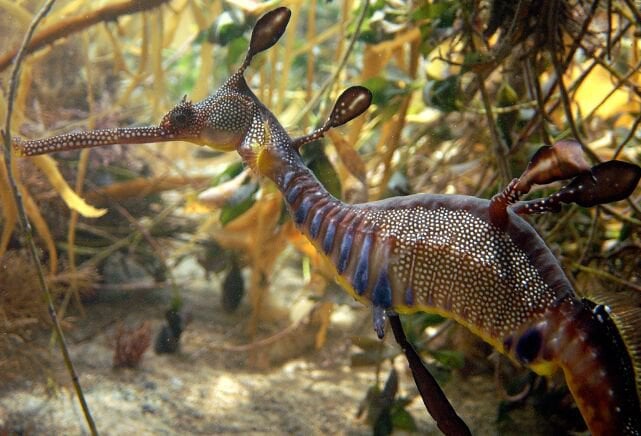
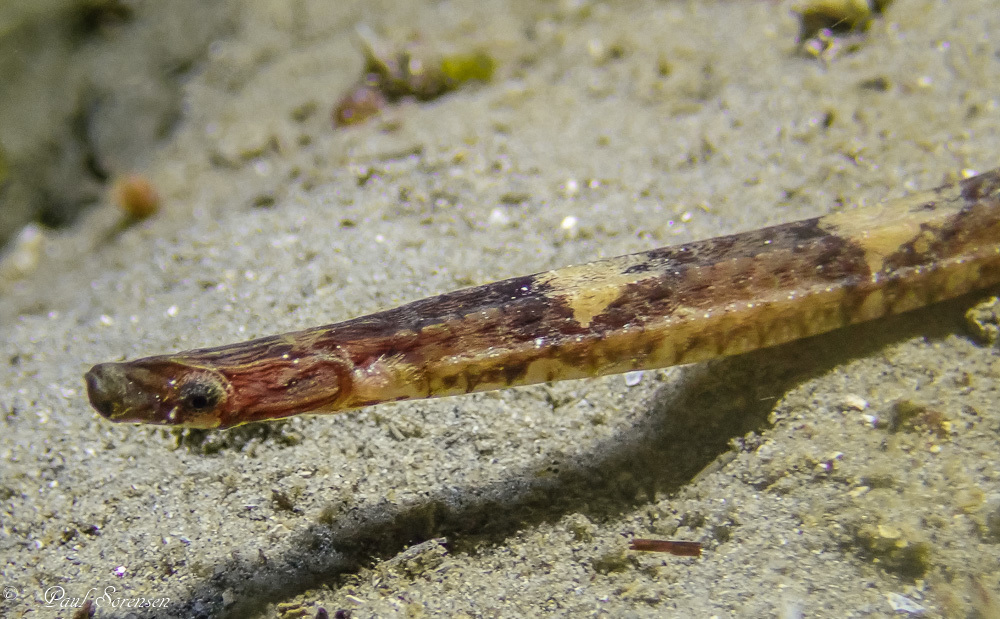
Idiotropiscis lumnitzeri (Kuiter, 2004)
